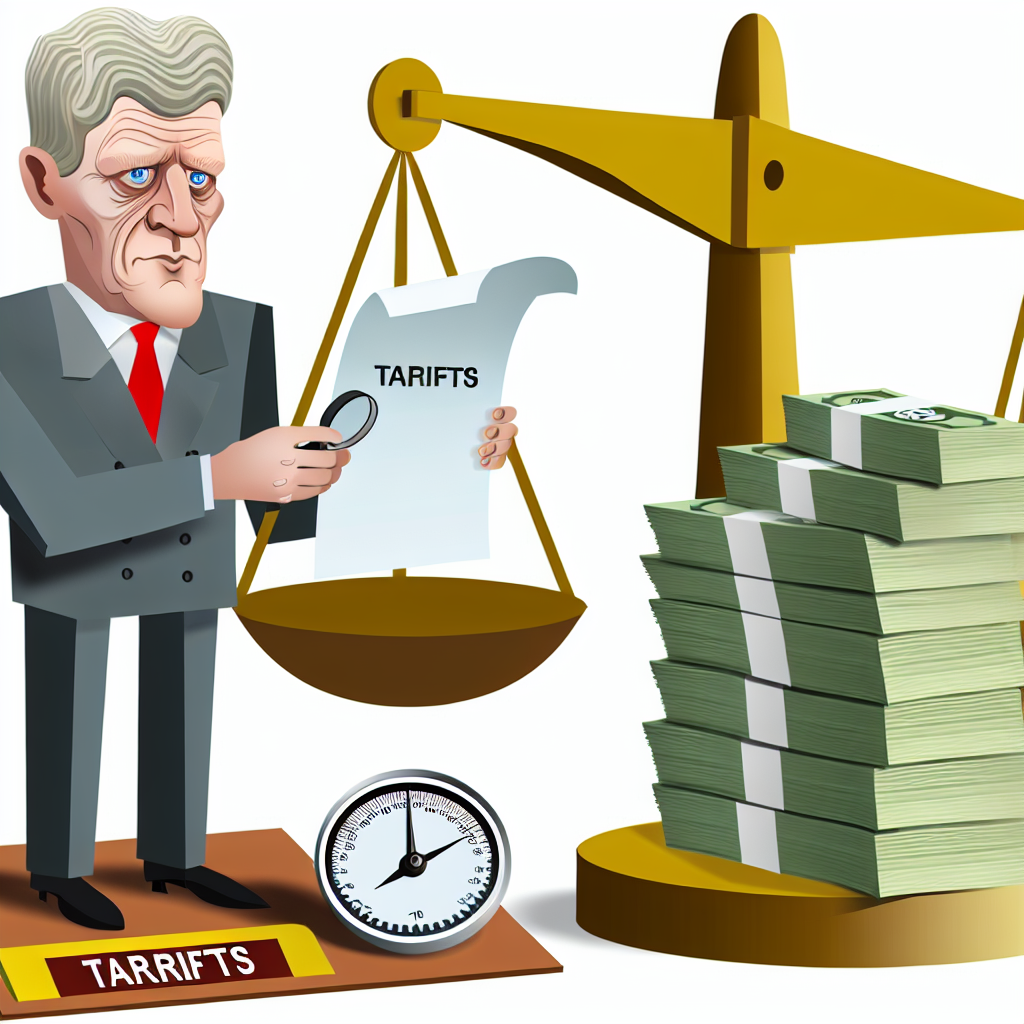
Donald Trump, tariffs, payments
Understanding the Trump Tariffs
Beginning in 2018, the Trump administration imposed tariffs on hundreds of billions of dollars’ worth of goods from China, Europe, and other trade partners. These tariffs ranged from 10% to 25% and were part of an aggressive “America First” economic strategy. While primarily aimed at manufacturing and agricultural goods, the impact extended into financial flows and digital commerce.
Indirect Effects on Payment Services
1. Cross-Border Payment Volumes Declined
With increased costs of imports and exports, many businesses reduced their international transactions, leading to lower volumes for cross-border payments. This hit payment service providers (PSPs), especially those dealing in international B2B transactions.
2. Increased Demand for FX and Hedging Solutions
Currency volatility driven by trade tensions increased demand for foreign exchange (FX) and currency risk management. PSPs offering dynamic FX solutions saw increased demand, but also had to adapt to highly volatile trading environments.
3. Shifts in Merchant Payment Flows
Some companies sought to avoid tariffs by shifting their supply chains, which meant integrating with new PSPs in alternative regions. This created complex compliance and onboarding challenges for payment providers.
4. Pressure on Payment Gateways and Fintech Startups
Tariff-related uncertainty made it harder for smaller fintech companies to raise capital and plan international expansions, as investors grew wary of regulatory volatility and transaction friction.
Case Examples
Several U.S. and European payment companies reported stalled deals or client exits linked to tariff impacts. For instance, SMEs using platforms like Wise (formerly TransferWise) or Rapyd often shifted volume depending on the relative cost of imports and duties between countries.
Long-Term Implications for the Payments Industry
- Need for more resilient global payment networks
- Acceleration of digital identity and compliance tools to adapt to fast-moving regulations
- Increased regionalization of PSPs to mitigate geopolitical risk
Related Searches
- Trump tariffs impact on fintech
- Cross-border payments and trade war
- How tariffs affect international finance
- Payment gateway regulation and tariffs
FAQ: Trump Tariffs & Payment Services
- Did Trump’s tariffs directly target fintech companies?
- No, but their economic ripple effects indirectly impacted fintech growth, FX markets, and cross-border payment volumes.
- Which payment services were most affected?
- PSPs focused on cross-border B2B and e-commerce were most affected due to declining trade activity and regulatory uncertainty.
- Did tariffs increase compliance costs for PSPs?
- Yes. With evolving regulatory frameworks and shifting merchant bases, PSPs had to quickly adapt their compliance infrastructures.
Citations
Source: Brookings – The Unintended Consequences of the Trump Tariffs
